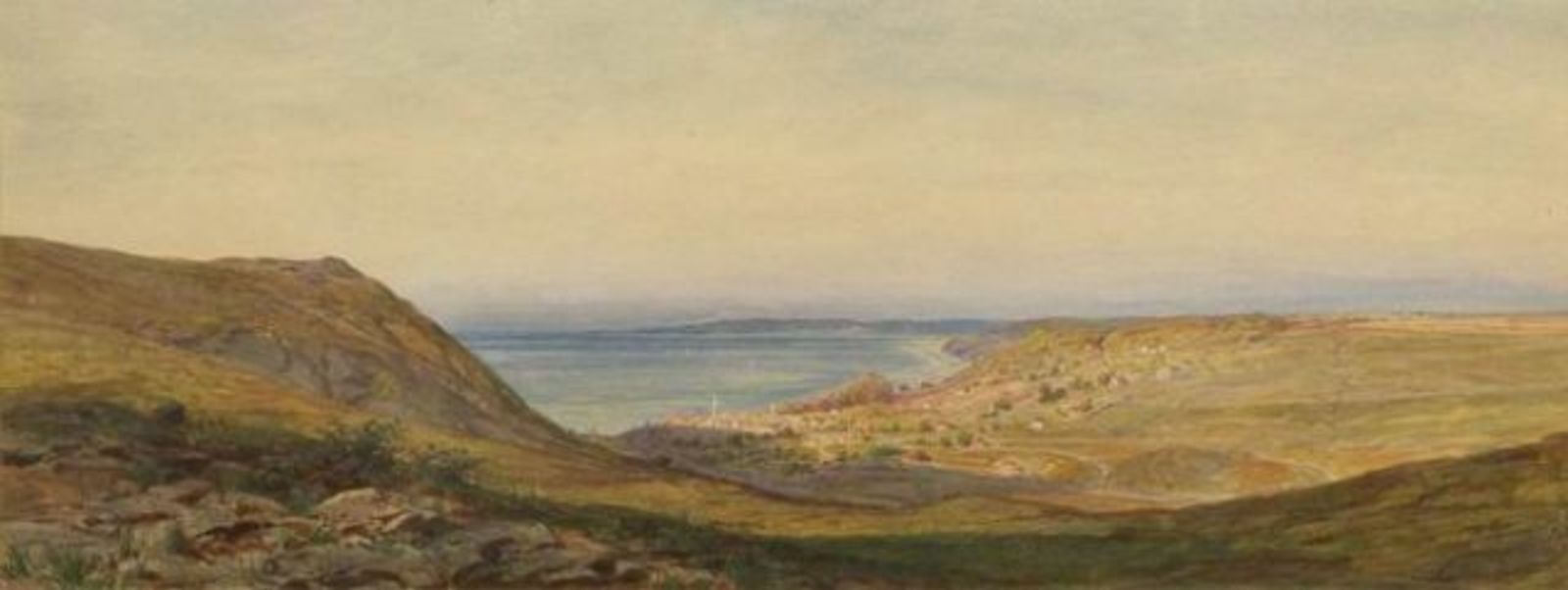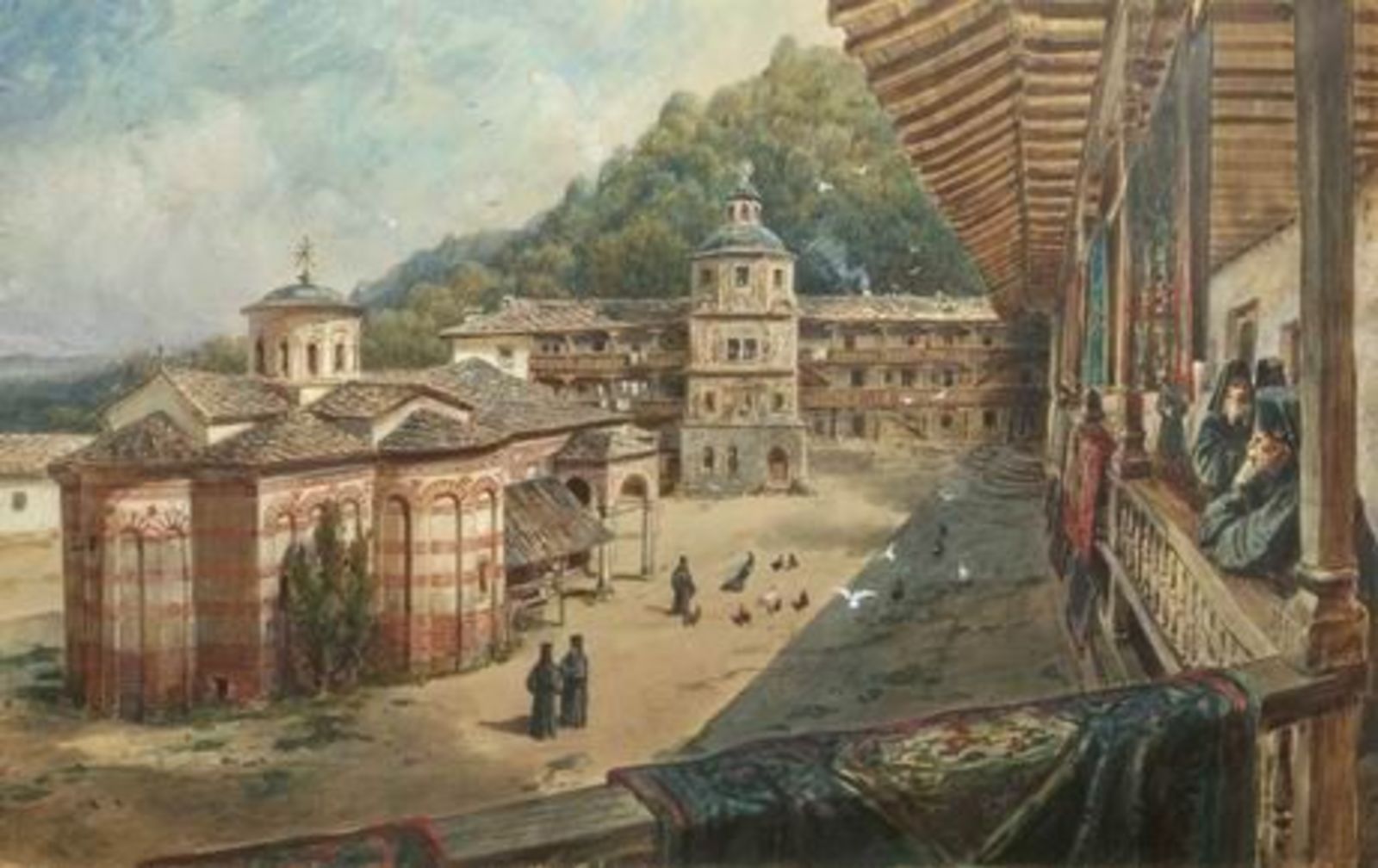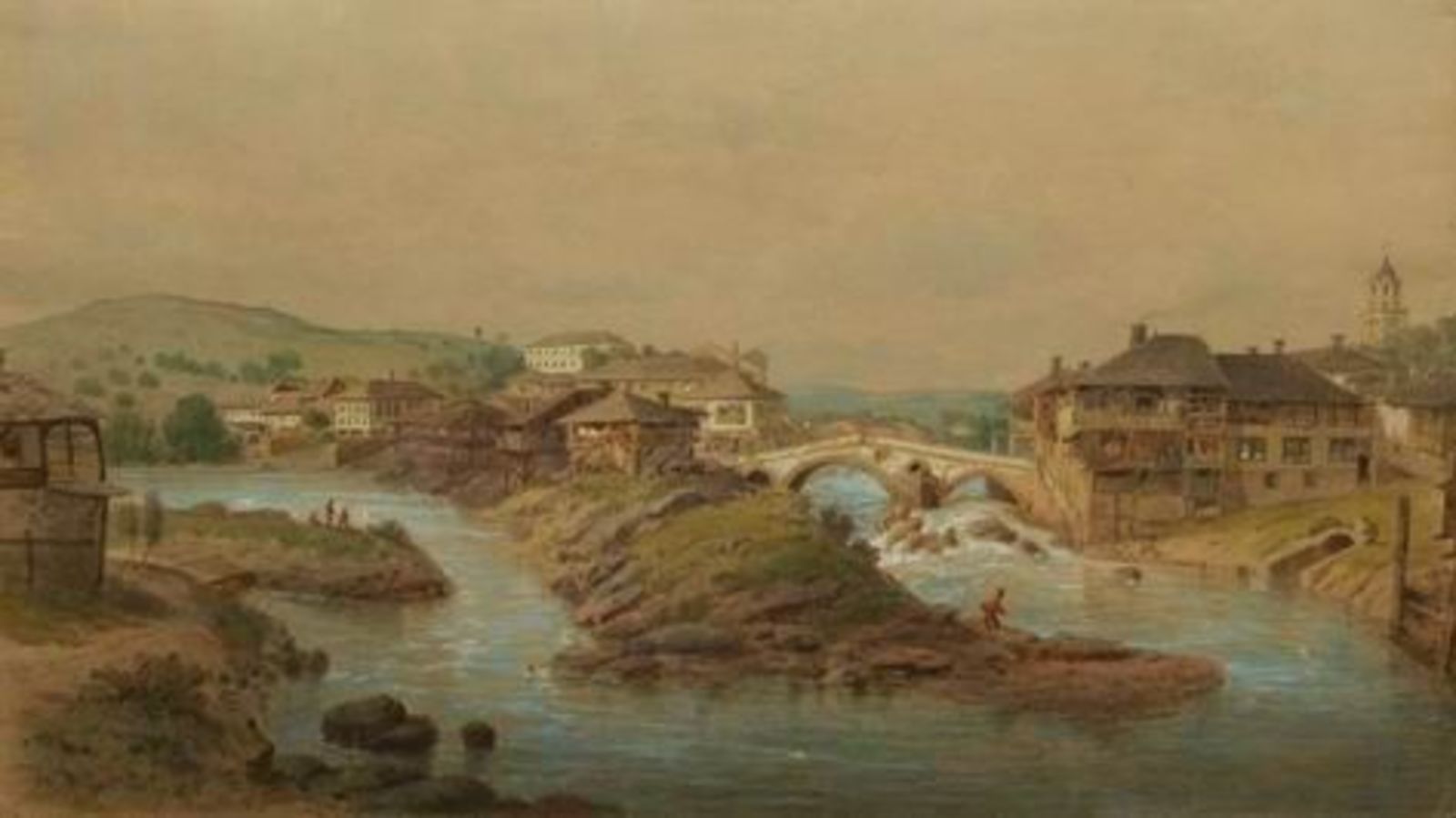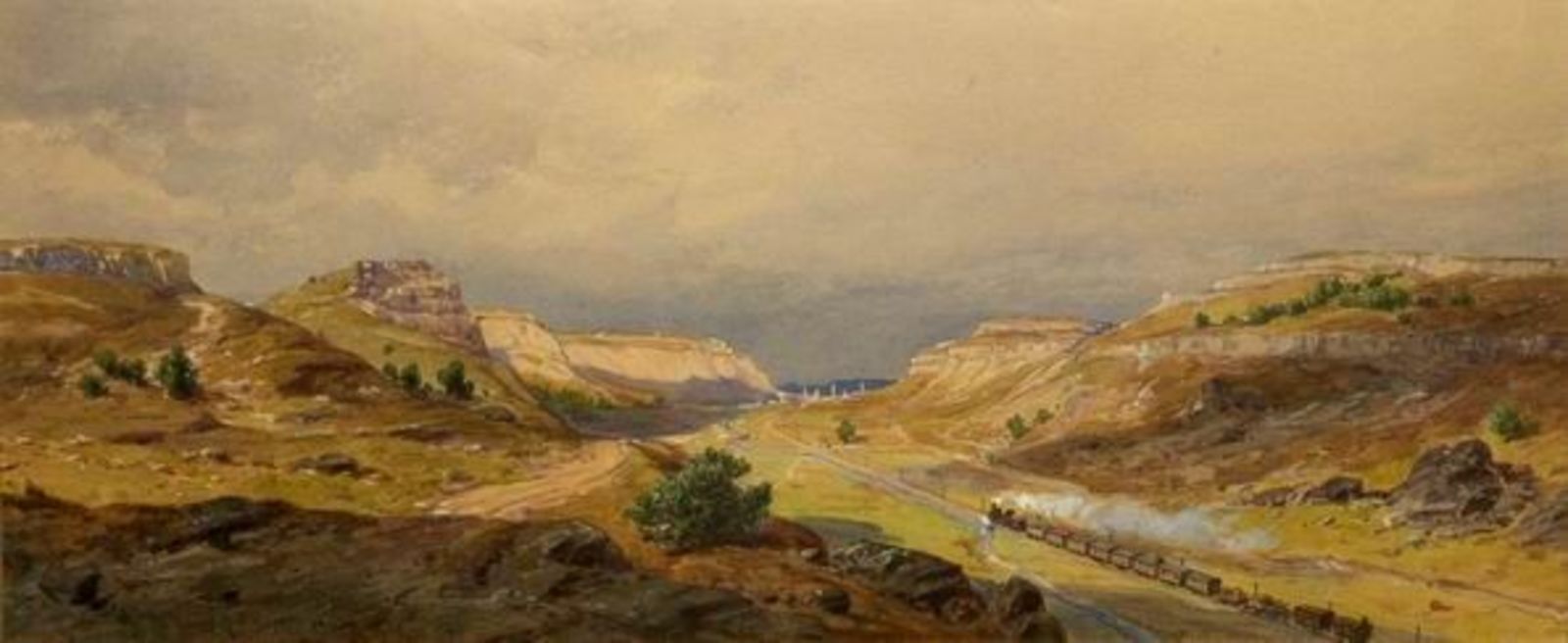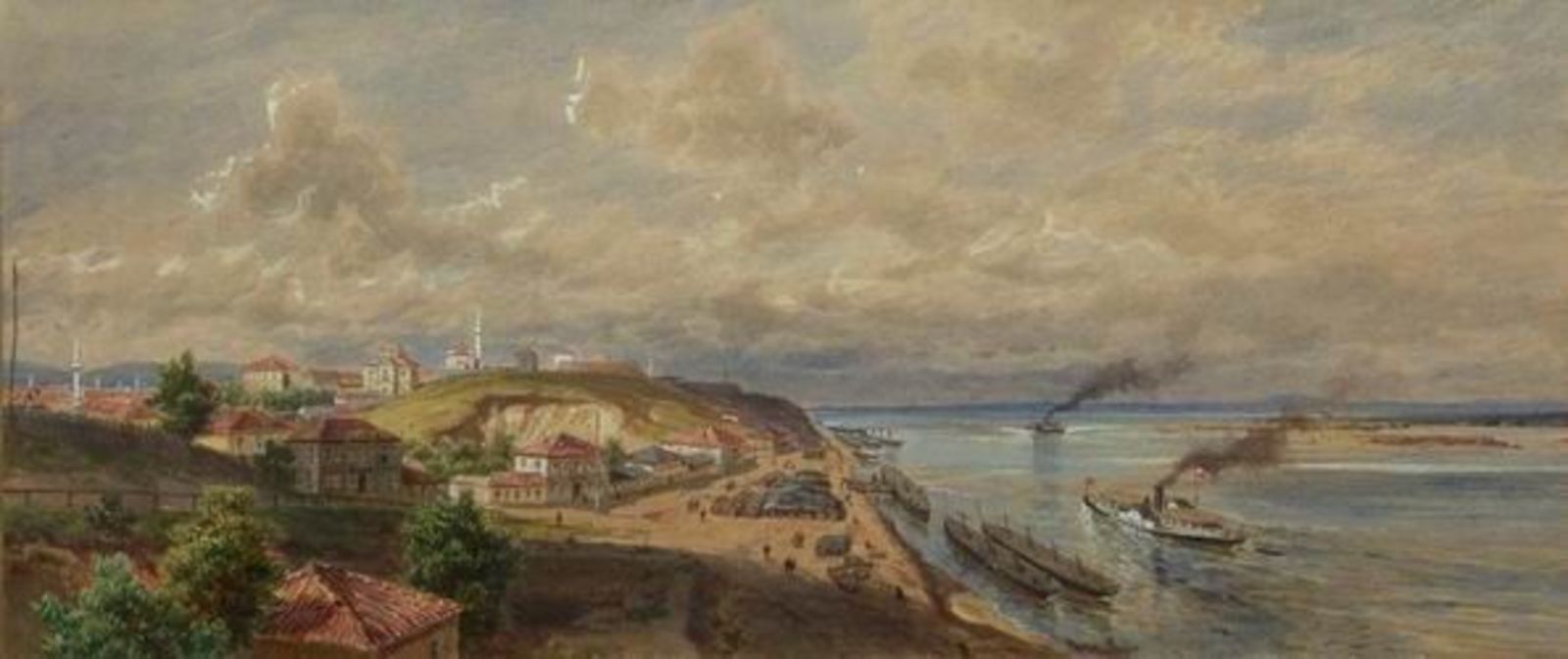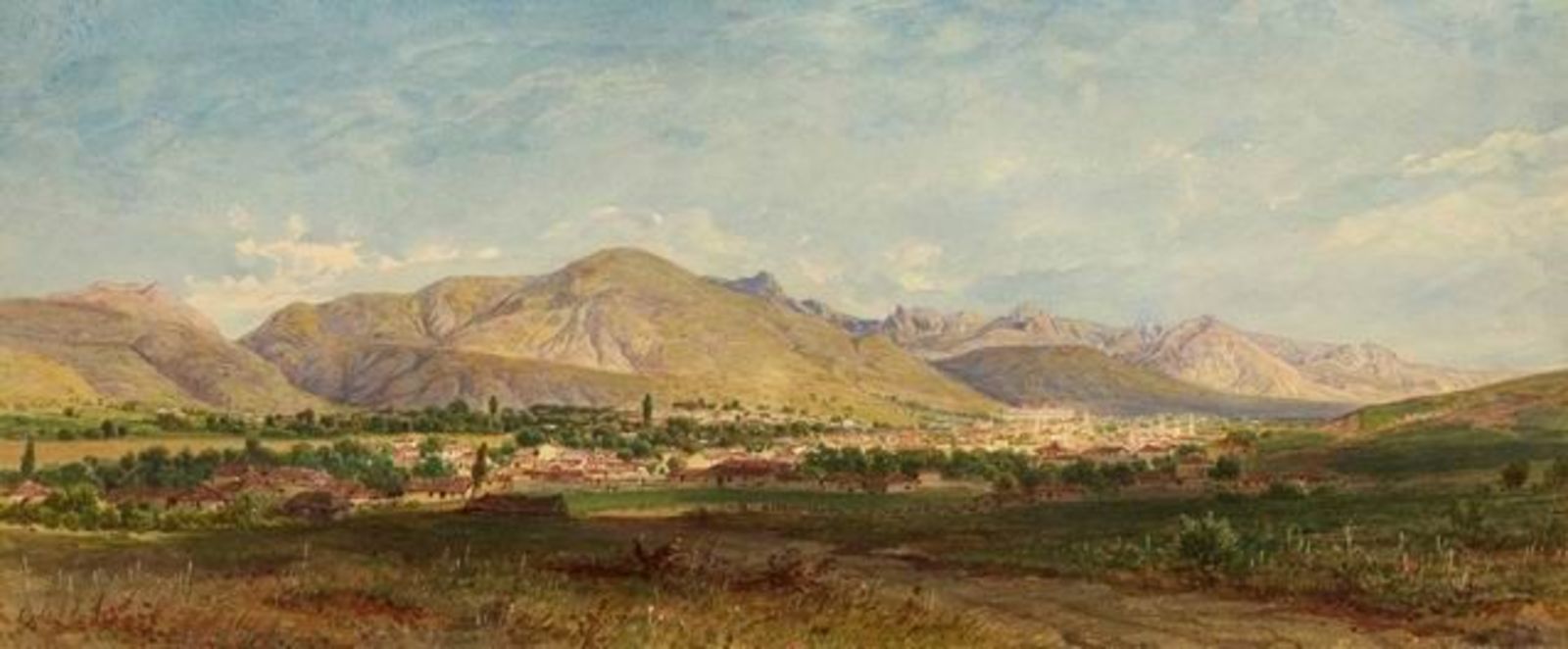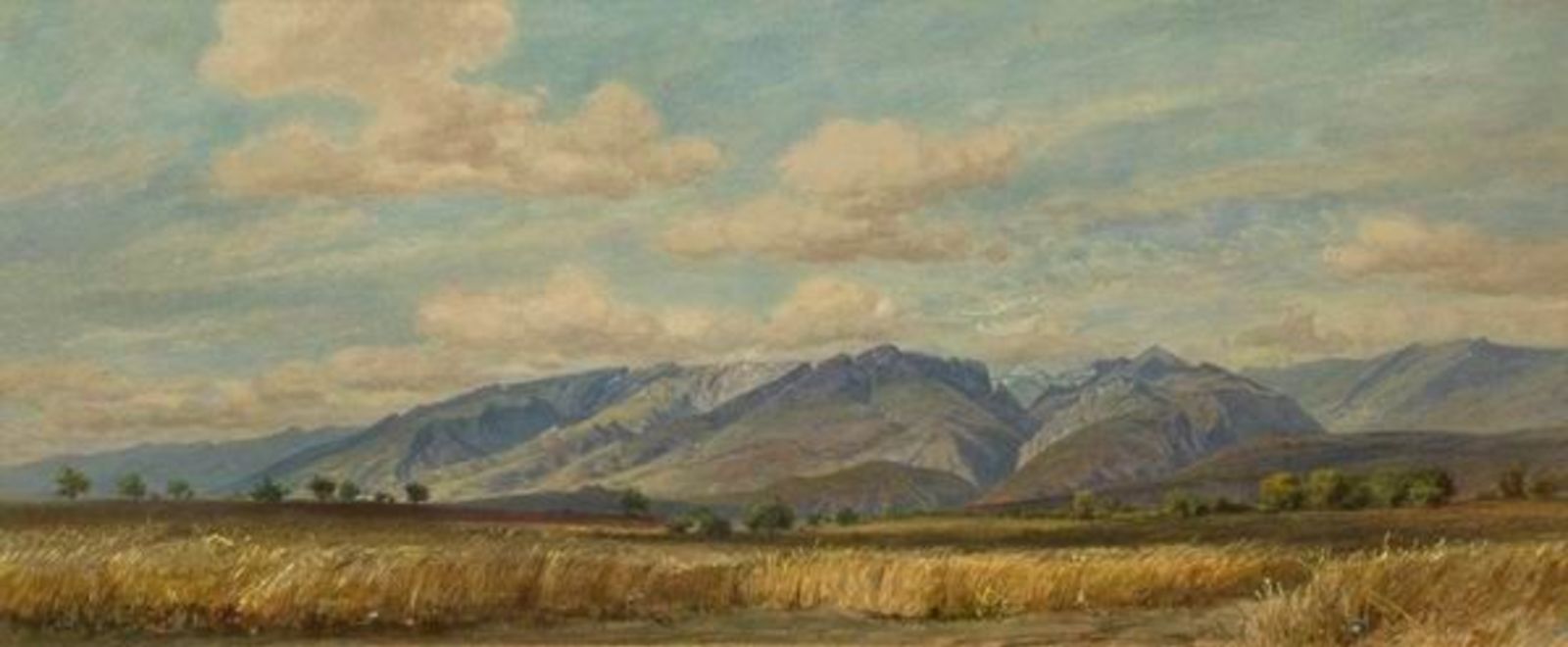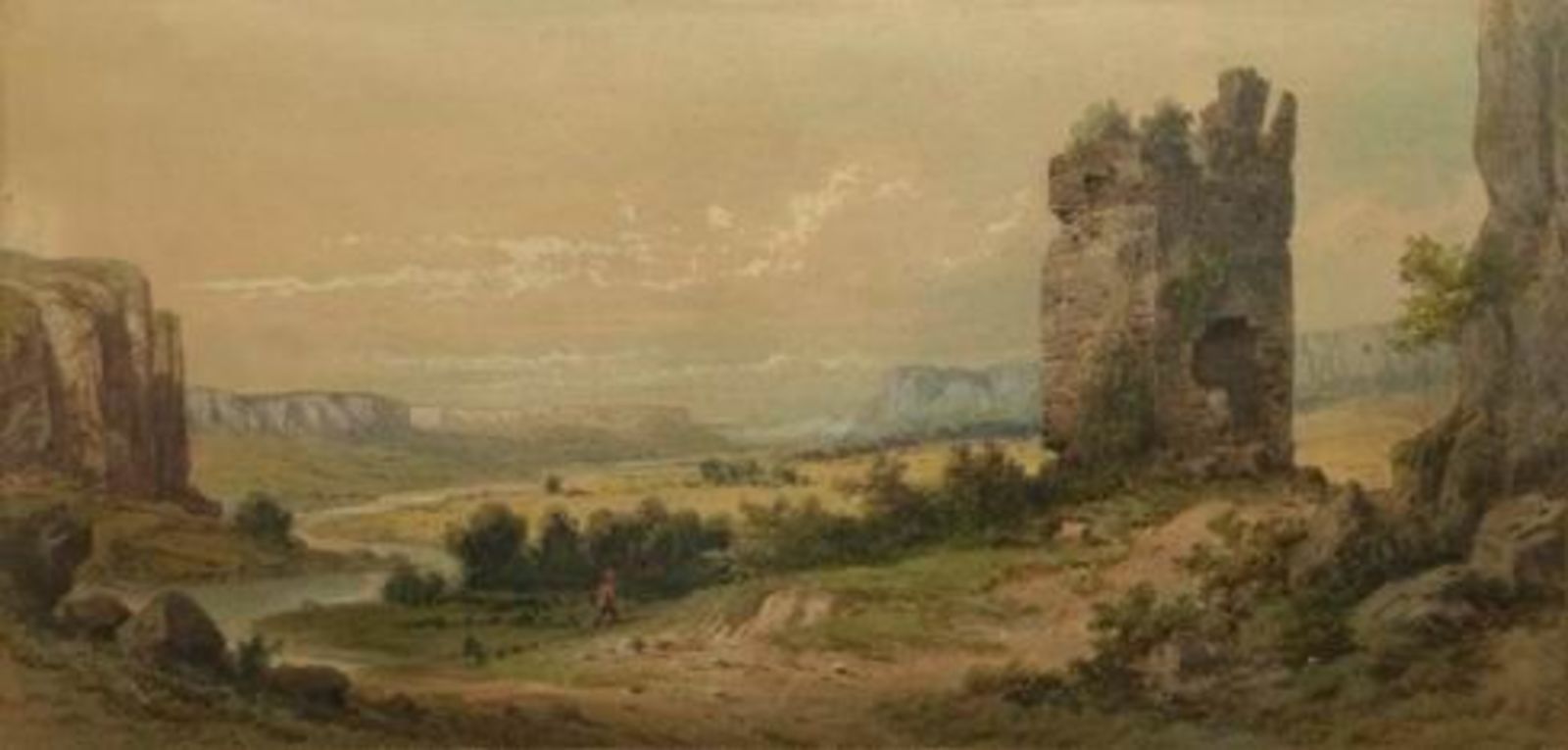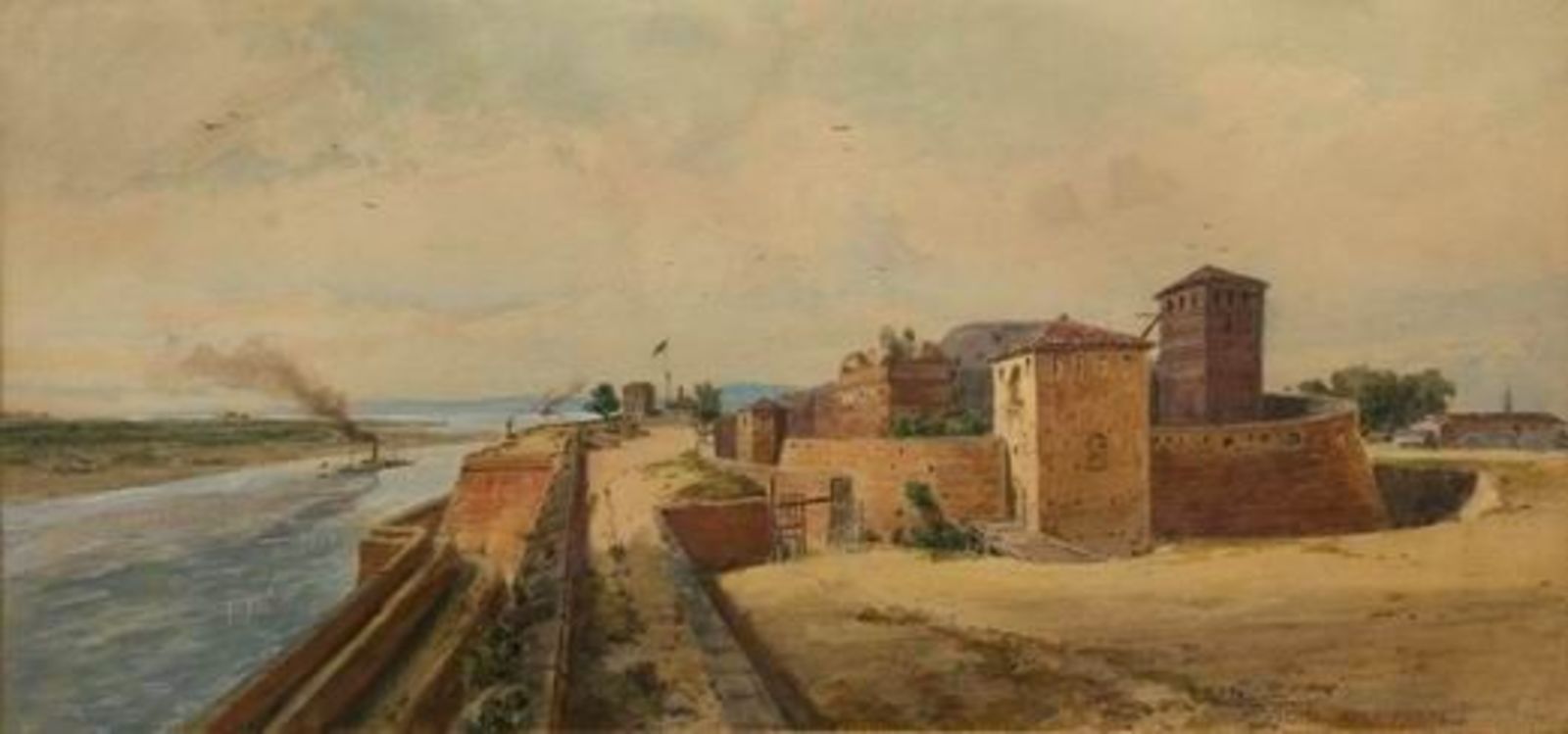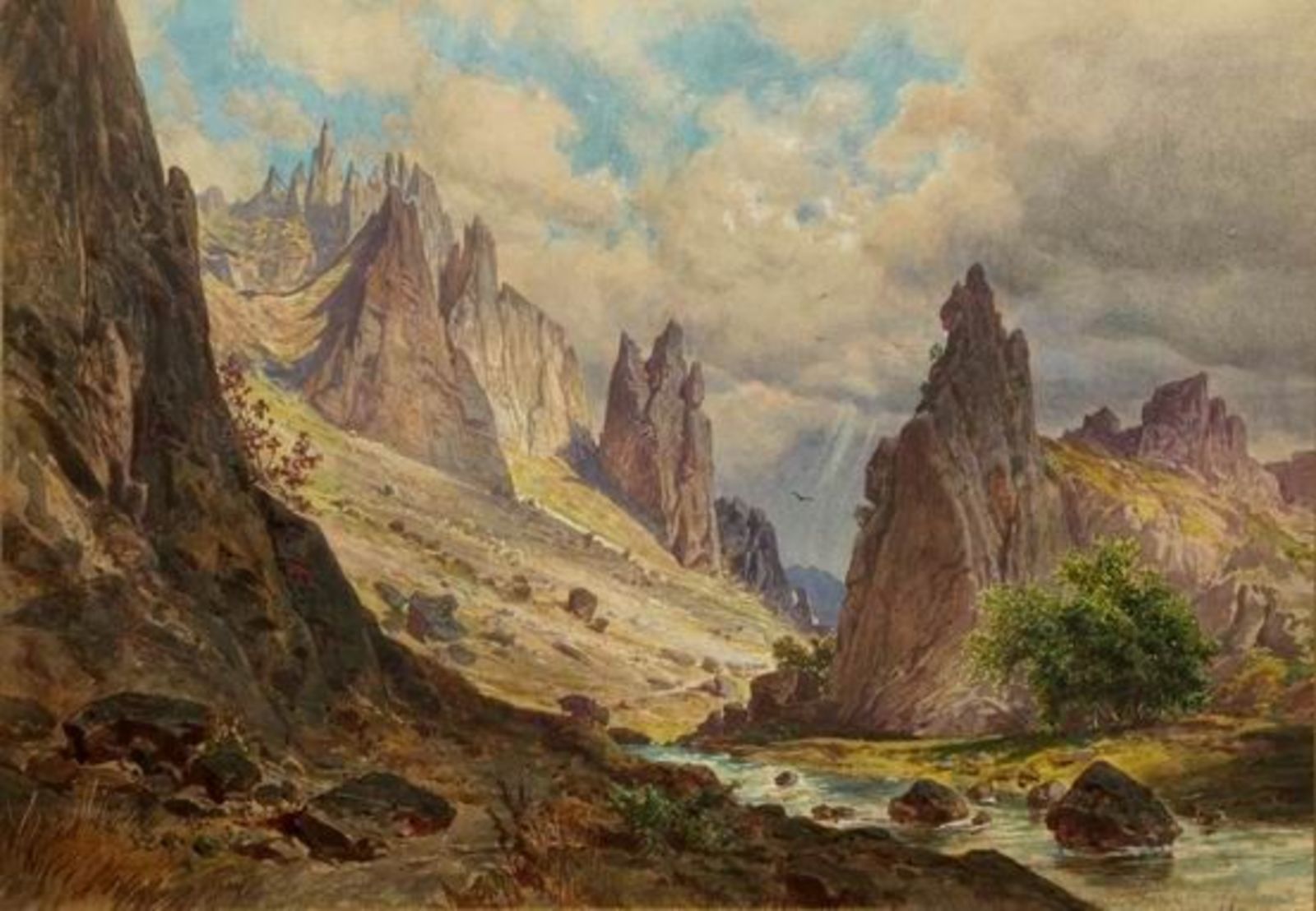FELIX KANITZ
An exhibition of the documentary heritage of Felix Kanitz (1829 - 1904), the Hungarian traveller, ethnographer, archaeologist, geographer, scientist and artist, who greatly contributed to the development of Bulgarian culture and science and Bulgaria's accession to the European cultural model. He has a tangible presence in the history of Bulgaria and the Balkans in the second half of the 19th century. In 1858, he began research trips in Southeast Europe, travelling through Bosnia, Herzegovina, Dalmatia, Serbia and Bulgaria as art editor and special correspondent of the magazine "Illustrated Zeitung". He left numerous drawings and paintings of everyday life of the peoples of these countries. His scholarly reports were sent to the Imperial Royal Academy in Vienna. He was a corresponding member of geographical societies in Dresden, Saint Petersburg, Berlin and Vienna. His first contact with Bulgaria took place in 1860 and for 10 years he travelled in Europe, acquainting it with this strange land, the stuff of legends. In 1868, he received a grant from the Vienna Academy to continue his studies in Bulgaria. He compiled and drew maps of settlements and villages, studied ethnography, toponymy and ancient sites in different parts of our country. These journeys resulted in unique historical, ethnographic and geographic works. Especially valuable is the monograph by Kanitz “Danubian Bulgaria and the Balkans”, which is the first attempt to present Bulgaria in images. A wonderful engraver and cartographer, with extremely precise, almost photographic precision, he painted what he saw and made maps of his routes. Particularly original is the map of Danubian Bulgaria, in Volume 3 of his “Danubian Bulgaria and the Balkans” - so detailed and accurate that the Russian General Staff reproduced and used it for military operations during the Liberation War of 1877 – 1878. Kanitz was the first researcher to define a distinct place for Bulgarian culture. The accuracy with which he produced graphical representations of archaeological monuments, scenes from everyday life, architectural compositions and fragments is astonishing. He even participated in the public life of the Bulgarians and their struggles. During the April Uprising in 1876, he wrote a series of articles which were published in Western newspapers in defence of the Bulgarians. Kanitz’s contribution in acquainting Europeans with the material and spiritual culture of Bulgaria, with its geography, natural resources and people is exceptional. He was a foreigner, who felt the spirit of Bulgaria and the Bulgarians’ ancient traditions. He drew on all his talent to show the world the beauty of Bulgaria and Bulgarians. In 1884, the merits of Felix Kanitz shown towards Bulgarians and nascent Bulgarian scholarship were highly valued and he was elected an honorary member of the Bulgarian Literary Society (now the Bulgarian Academy of Sciences). In 1936, the archives and libraries of Felix Kanitz were bequeathed to the Academy and with the assistance of the Bulgarian legation in Budapest, the Bulgarian Academy of Science received a priceless collection of watercolours, drawings, sketches, maps, photographs, manuscripts, and his books. Part of this collection is available for viewing by the visitor. It presents unique watercolors that capture the interest of Bulgarian and foreign researchers because of their historical, artistic and documentary value. They recreate views of Vidin, Kulata, Lom, Nikopol, Oryahovo, Belogradchik, Turnovo, Provadiya, Varna, of the Stara Planina, the surroundings of Svishtov, Troyan and the Shipka range ... He drew the sketches during his travels through Bulgaria, and later they were enlarged and coloured by Viennese artists. Kanitz’s interest in the Bulgarian national psyche, lifestyle and culture is expressed in the preserved paintings of Bulgarian folk costumes, of tools, household equipment, among other items. Raising awareness of the artistic and documentary heritage of Kanitz will make it possible to shed new light on the Bulgarian and European dimension of his work.
